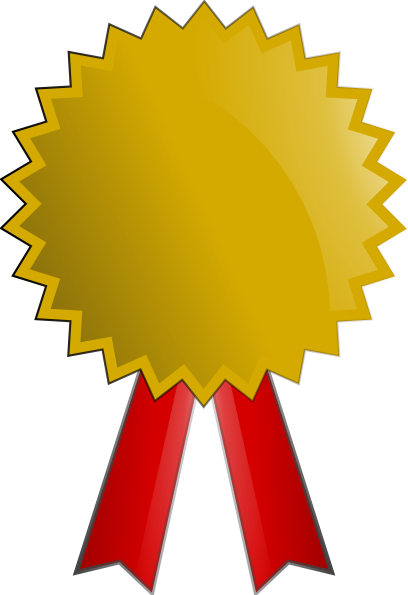Team:ETH Zurich
From 2013.igem.org
(Difference between revisions)
| Line 3: | Line 3: | ||
| - | [[File:Minesweeperheader.png|800px]]<br> | + | [[File:Minesweeperheader.png|left|800px]]<br> |
| - | + | [[File:Gold-medal.png|right|100px]] | |
<html> | <html> | ||
<style type="text/css"> | <style type="text/css"> | ||
| Line 22: | Line 22: | ||
<li><b><br>Colisweeper</b><br><br> Colisweeper is an interactive, biological version of the Minesweeper computer game. | <li><b><br>Colisweeper</b><br><br> Colisweeper is an interactive, biological version of the Minesweeper computer game. | ||
The goal is to clear an agar “minefield” without detonating the mines. Genetically engineered <i>Escherichia coli</i> colonies are used as mines and non-mines. Mines secrete the signaling molecule OHHL whereas non-mines process the signal. To distinguish between OHHL-levels, a library of P<sub>LuxR</sub> promoters with various OHHL sensitivities was created through site-saturation mutagenesis. High-pass filters were constructed to control the expression of different orthogonal hydrolases in non-mines, depending on the number of surrounding mines. | The goal is to clear an agar “minefield” without detonating the mines. Genetically engineered <i>Escherichia coli</i> colonies are used as mines and non-mines. Mines secrete the signaling molecule OHHL whereas non-mines process the signal. To distinguish between OHHL-levels, a library of P<sub>LuxR</sub> promoters with various OHHL sensitivities was created through site-saturation mutagenesis. High-pass filters were constructed to control the expression of different orthogonal hydrolases in non-mines, depending on the number of surrounding mines. | ||
| - | |||
</li> | </li> | ||
<li><b><br>Colisweeper video</b><br><br> Check out the animation of our bio-game Colisweeper! </li> | <li><b><br>Colisweeper video</b><br><br> Check out the animation of our bio-game Colisweeper! </li> | ||
Revision as of 10:14, 17 October 2013
 "
"


















